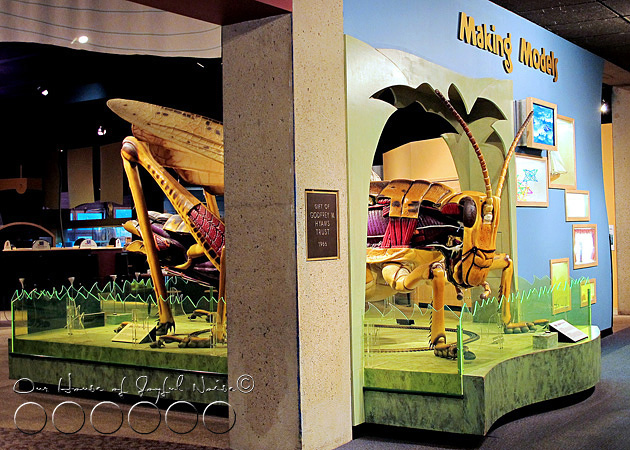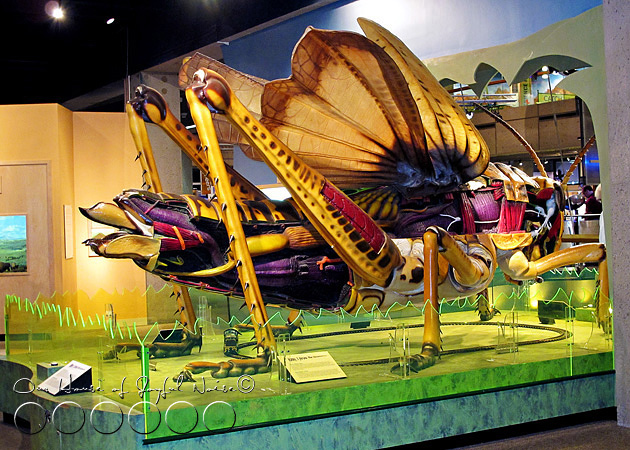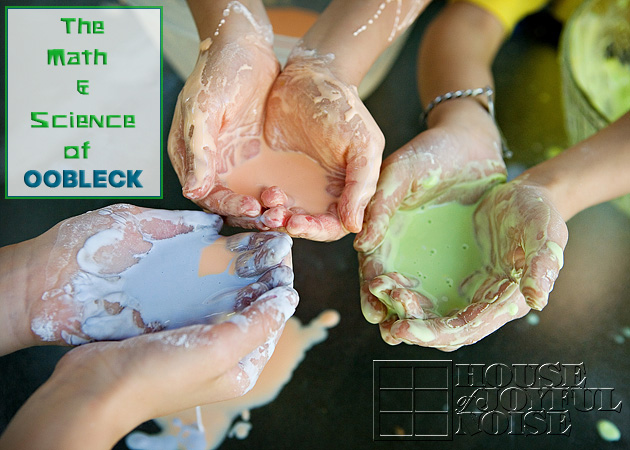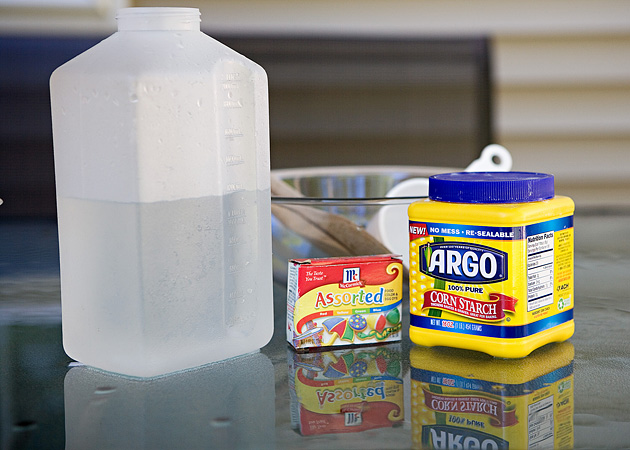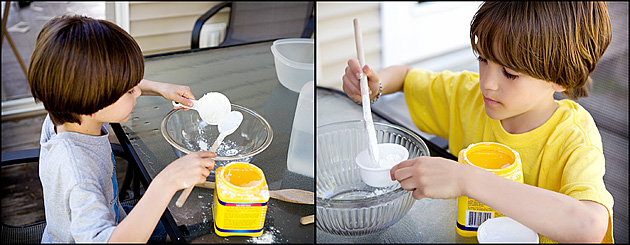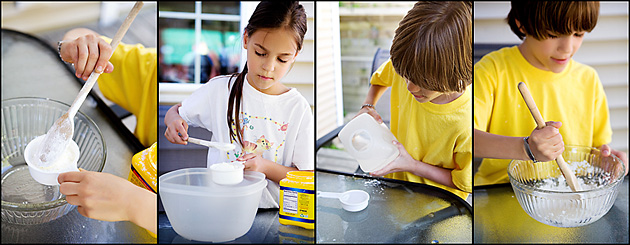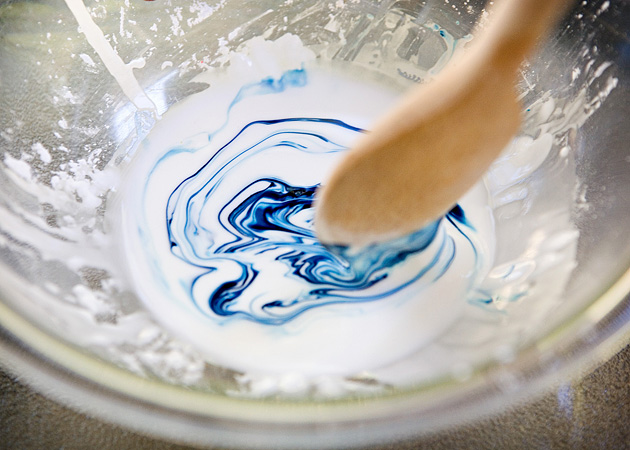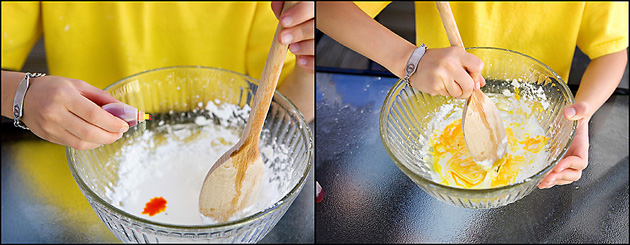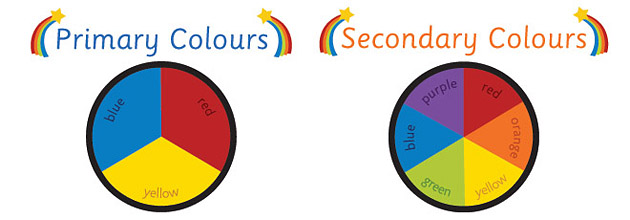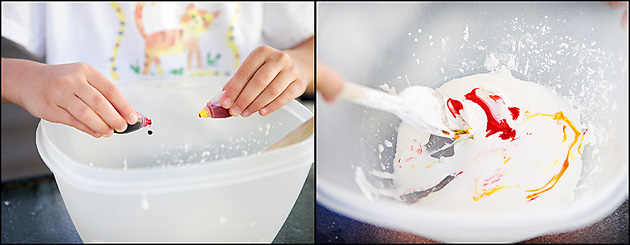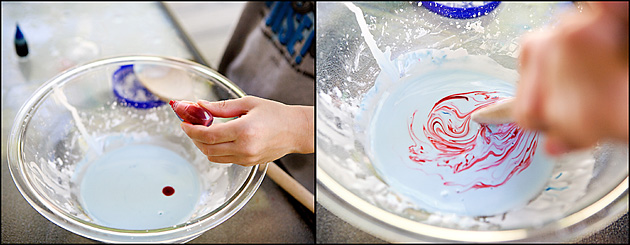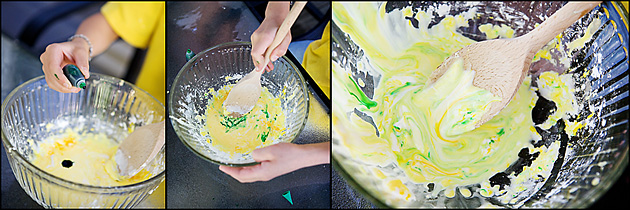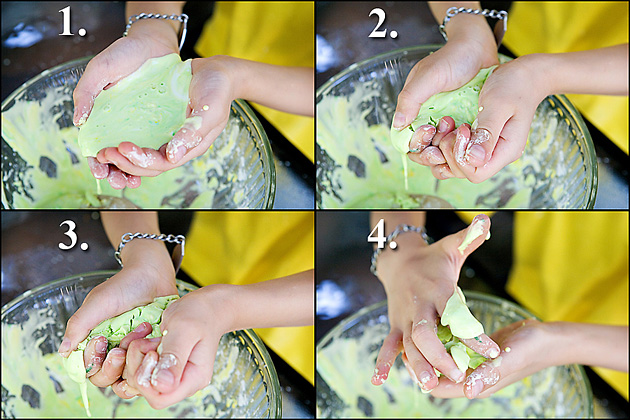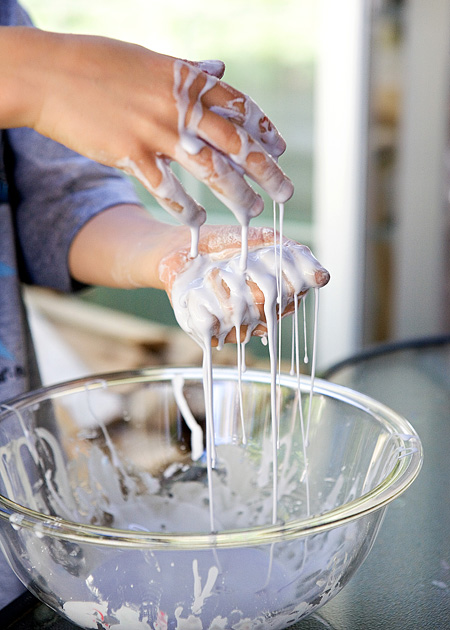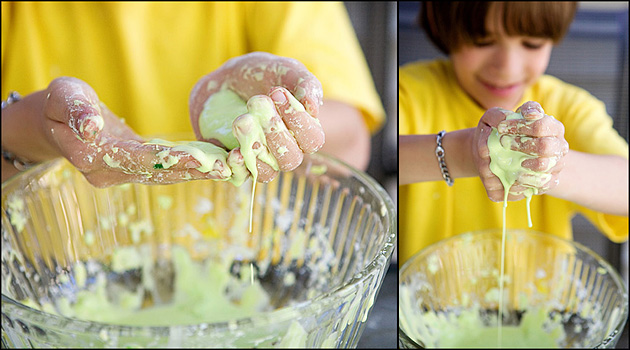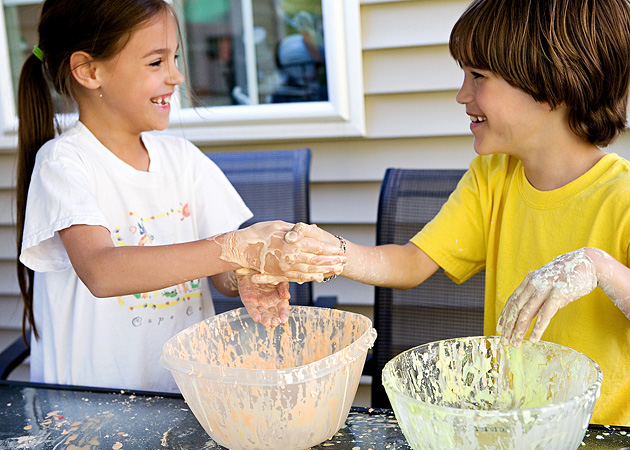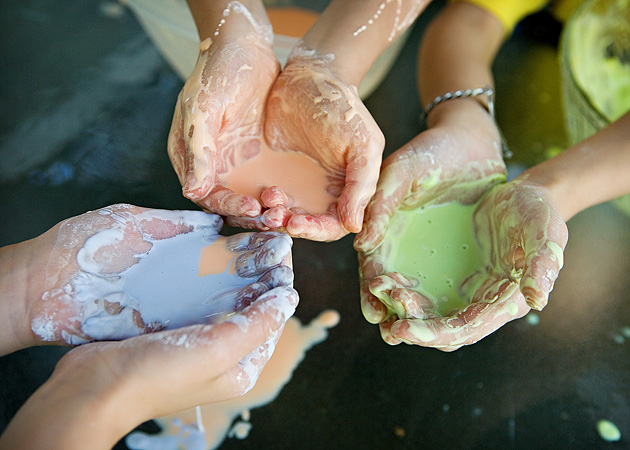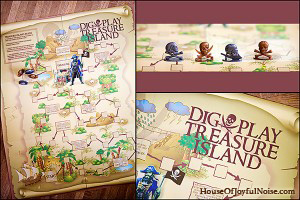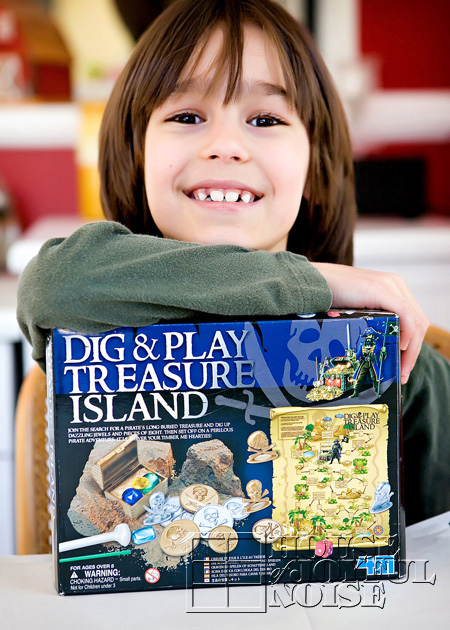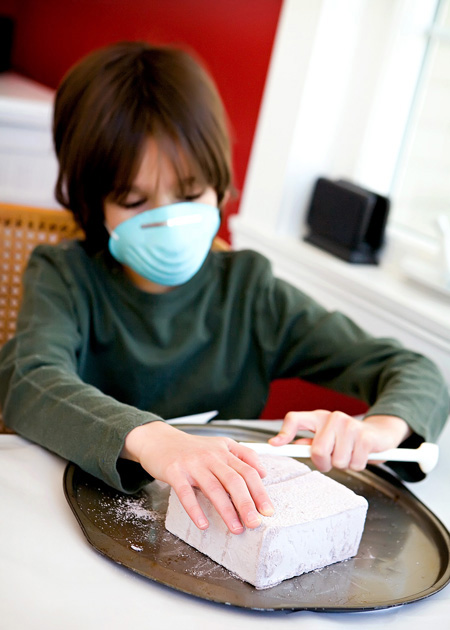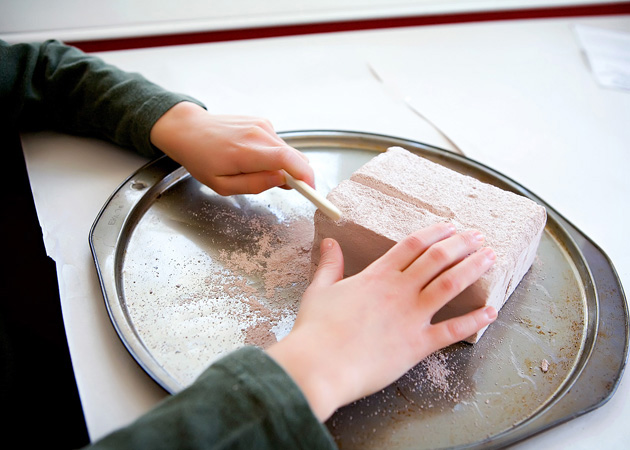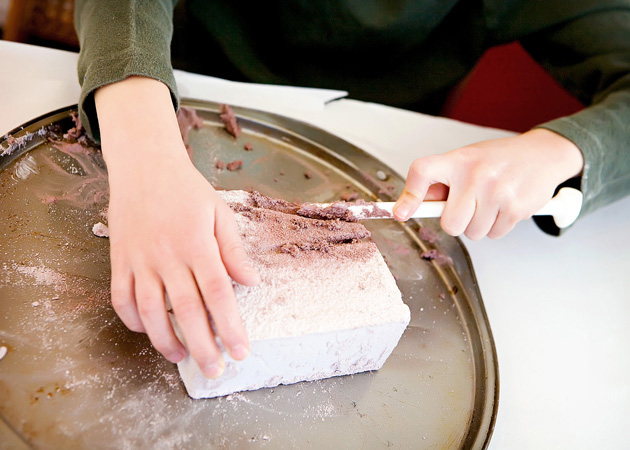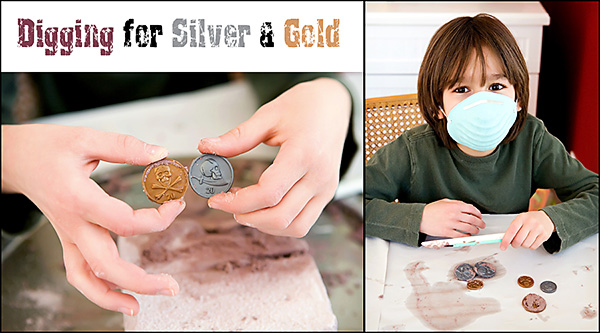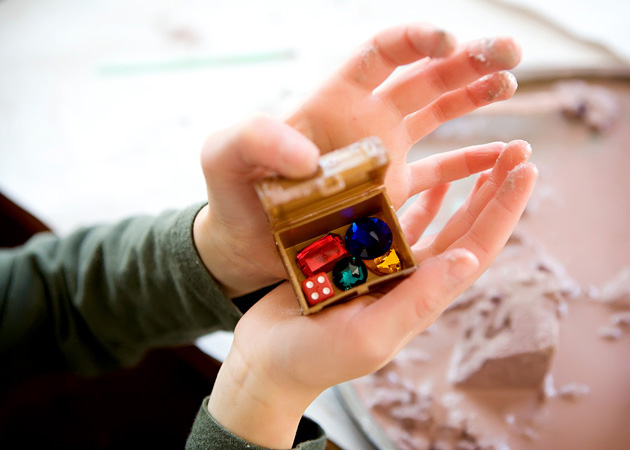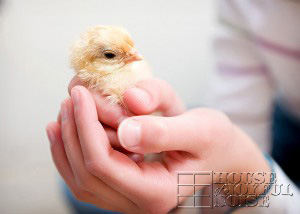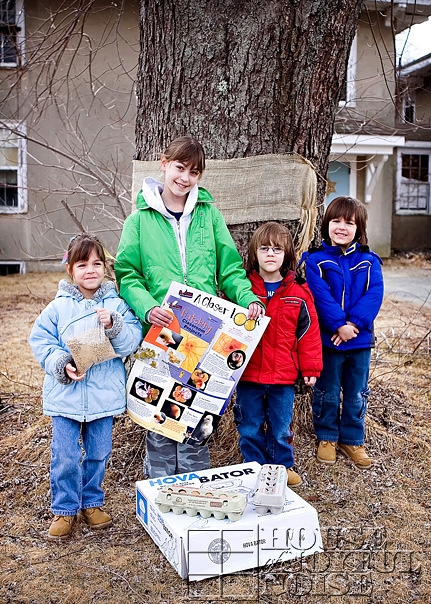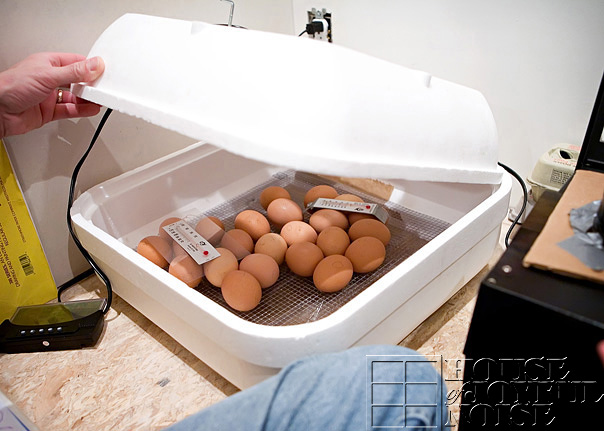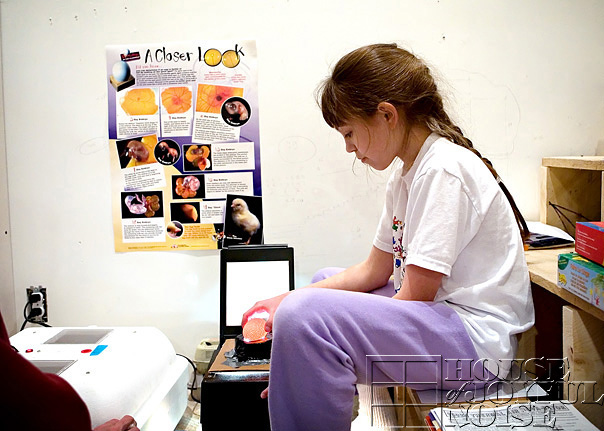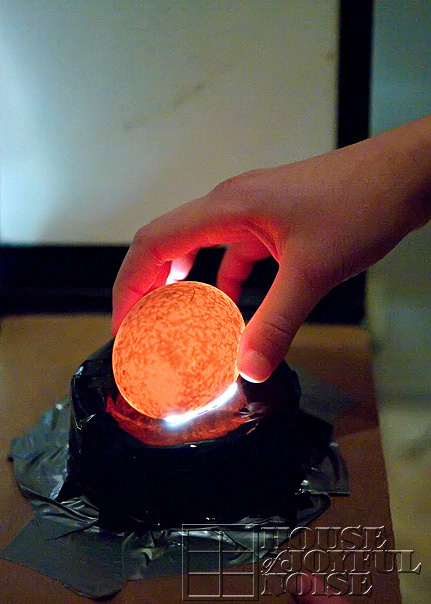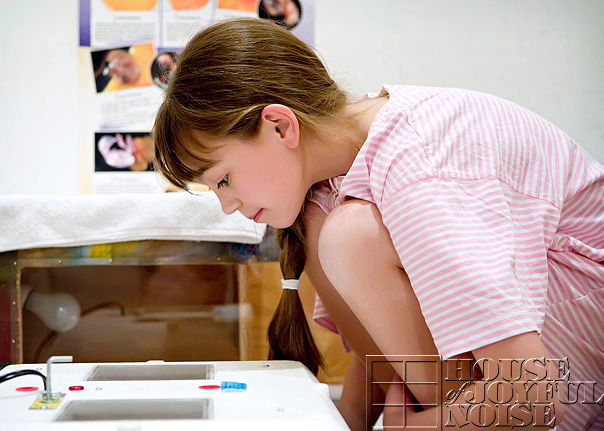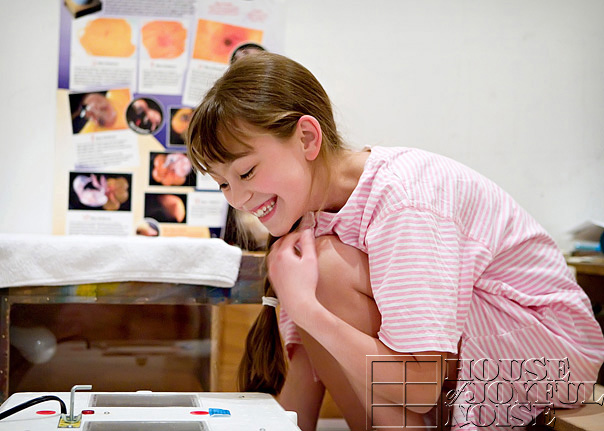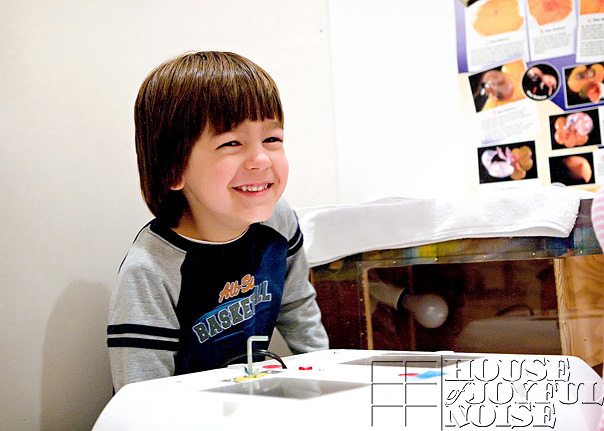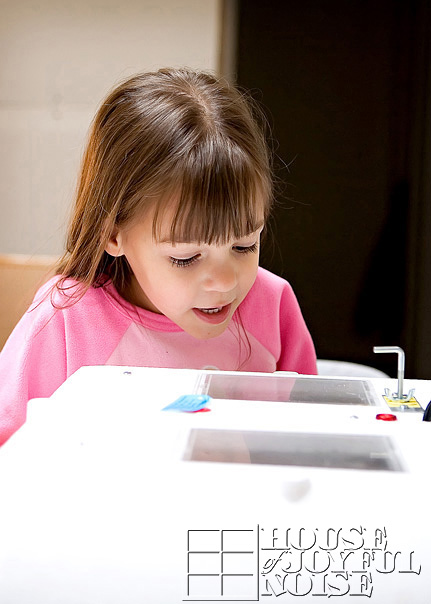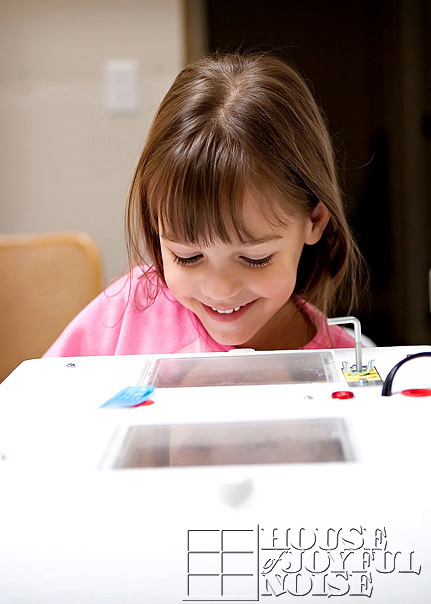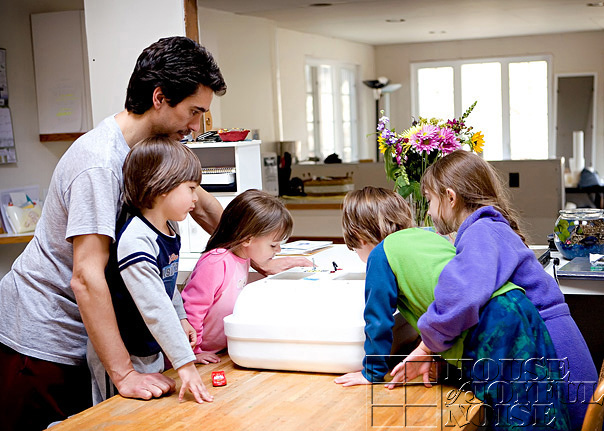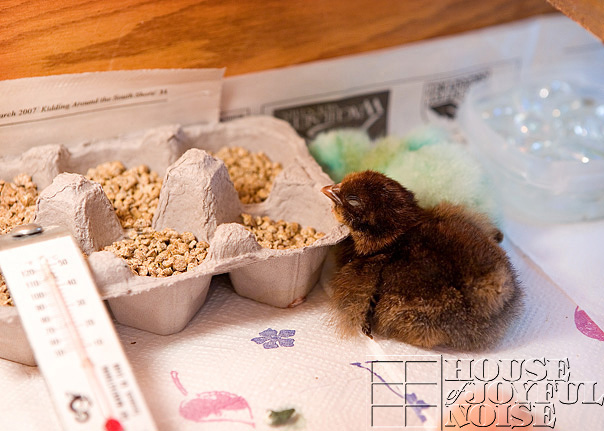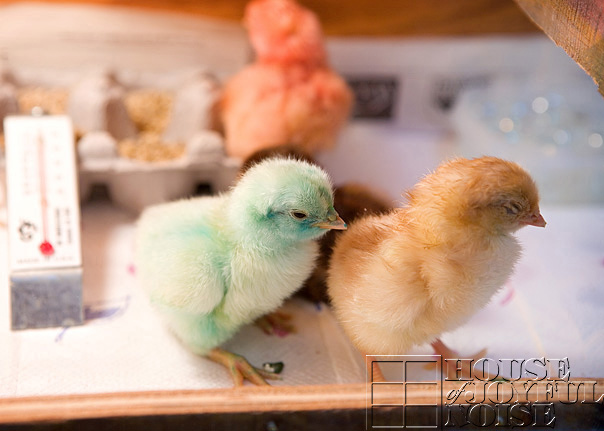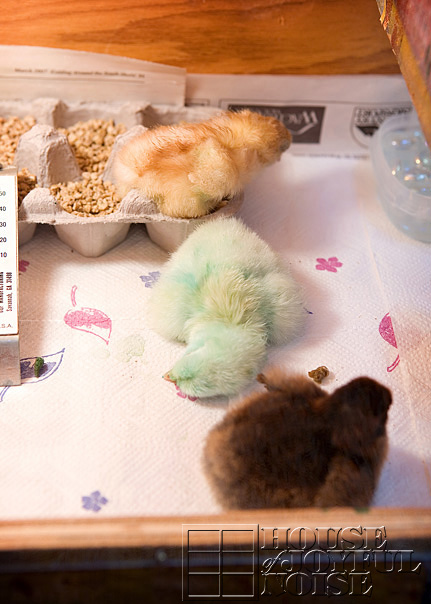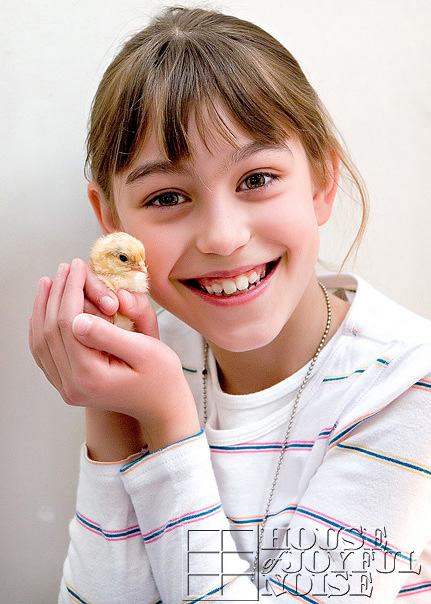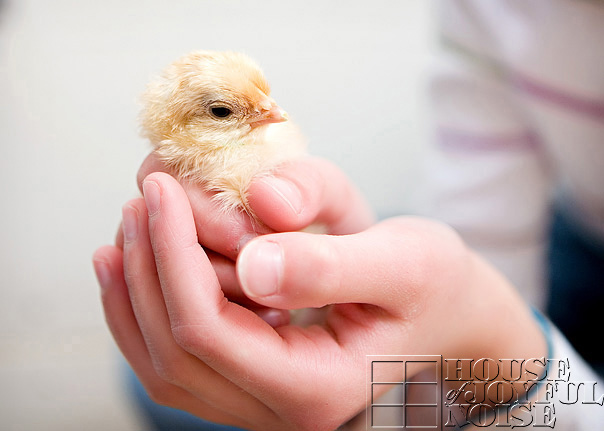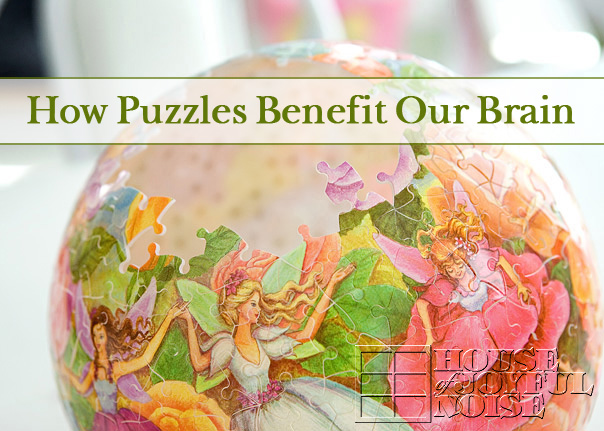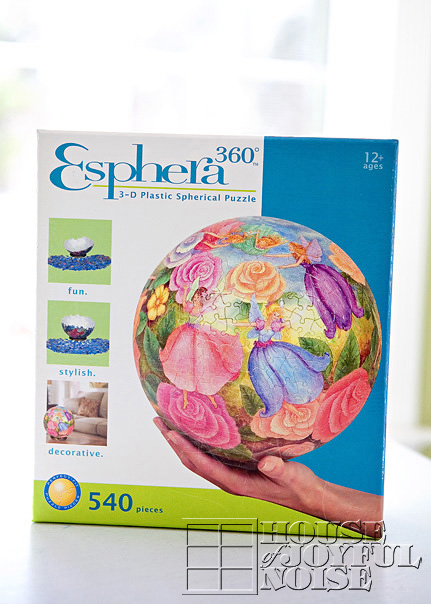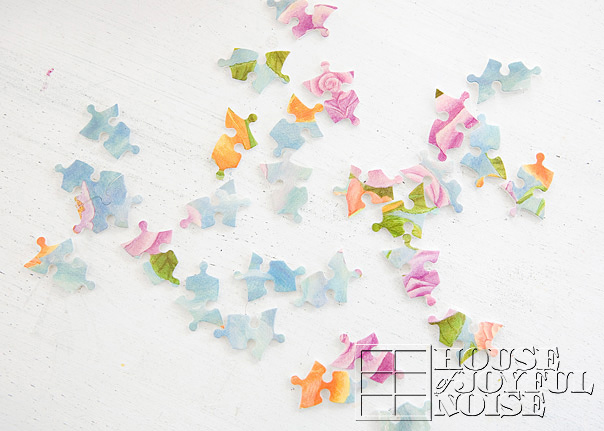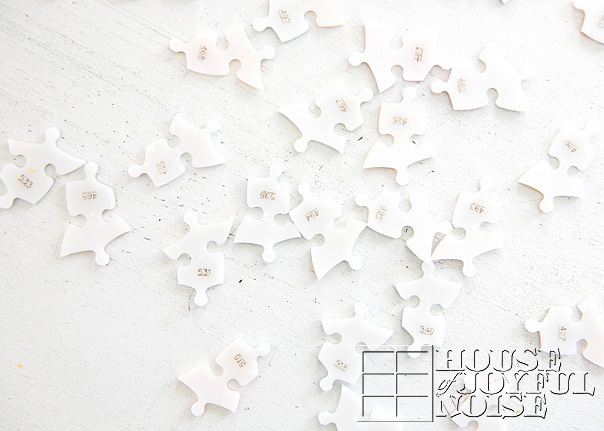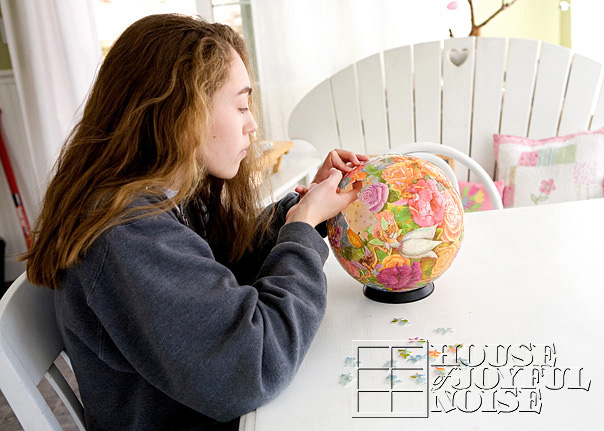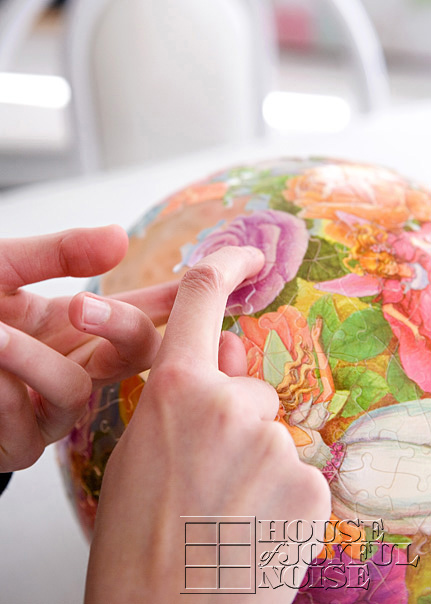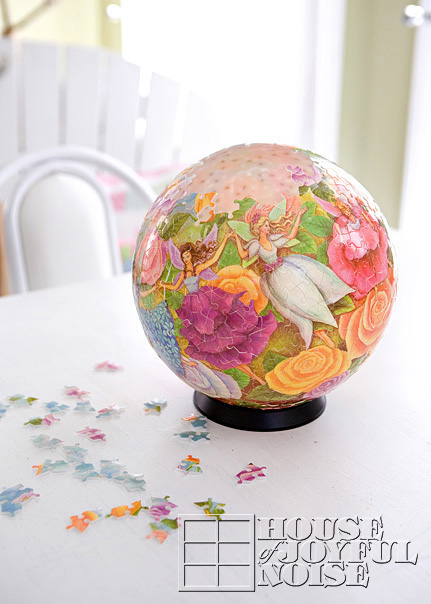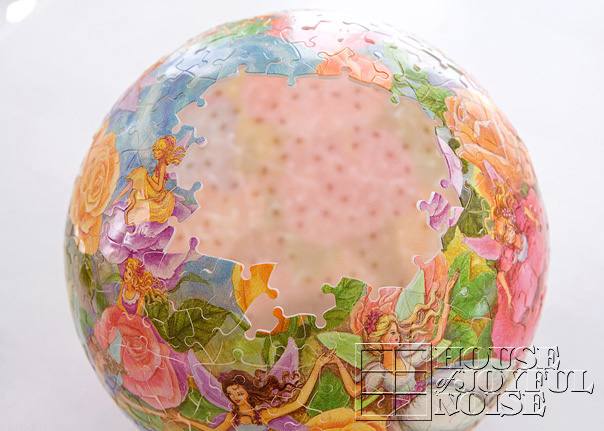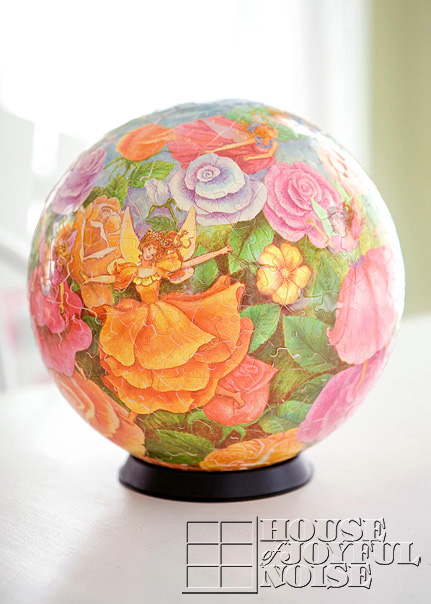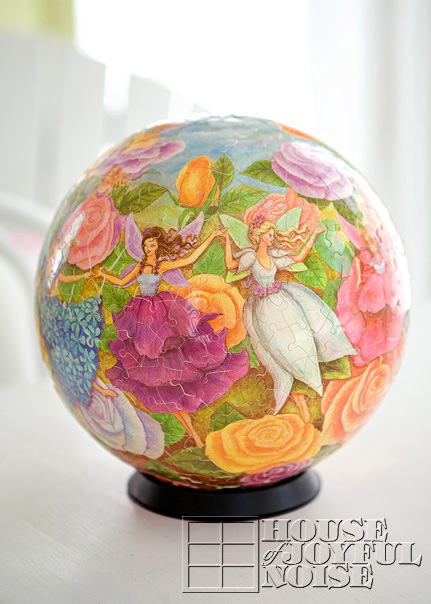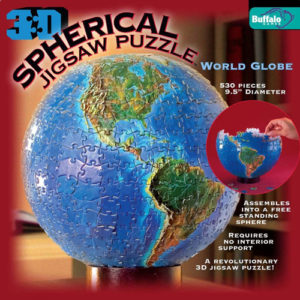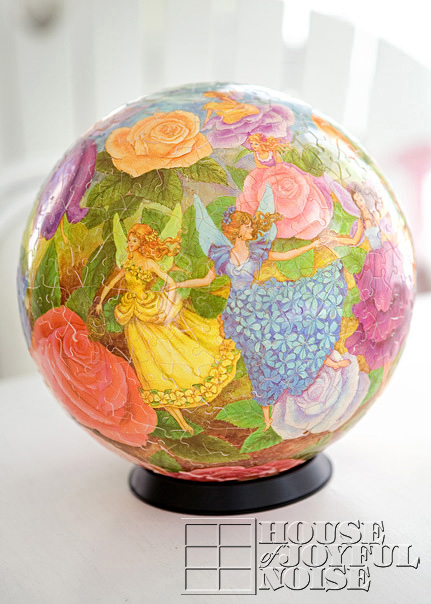One of our first field trips of this new homeschool year, was to the Boston Museum of Science!
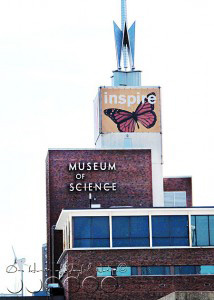
{JM, O & S} are at that age now, where I knew they would really benefit from going, on an educational level. {A}, of course, has been an appropriate age for some time, and she found many areas of interest that she enjoyed learning more about.
We left home early in the morning. I have to add, that I had decided I was not going to lug my big camera equipment around…because that was one of the reasons why we got {A} the Canon point and shoot for her birthday, right? But I have to tell you…it was hard! I felt like I was leaving one of my children behind! I was walking to the car in the drive-way as we left, asking myself…can I really do this? I made myself leave it home, and I worked on learning how to work this little thing better. And I’m still working on it. I’m an all manual girl for sure.
Anyway, we were there until late afternoon. This museum really is a place where you could spend at least2, maybe even 3 days at, to really enjoy it to the fullest, and not miss anything. Thankfully, we live close enough that we’ll be going again soon. The planetarium here at the Boston Science Museum, is currently under construction until early 2011. So we’ll be returning to see that when it re-opens. Especially because the little ones are studying Astronomy this year. But we certainly filled our day taking in all we could, enjoyed every moment expanding our knowledge on a variety of subjects, and having fun while we learned!
This very large scale grasshopper model displayed the internal parts of the insect, and their function. It was interesting to see the muscles of their legs, which are quite powerful in relation to their size. They can jump up to 20 times the length of their own body.
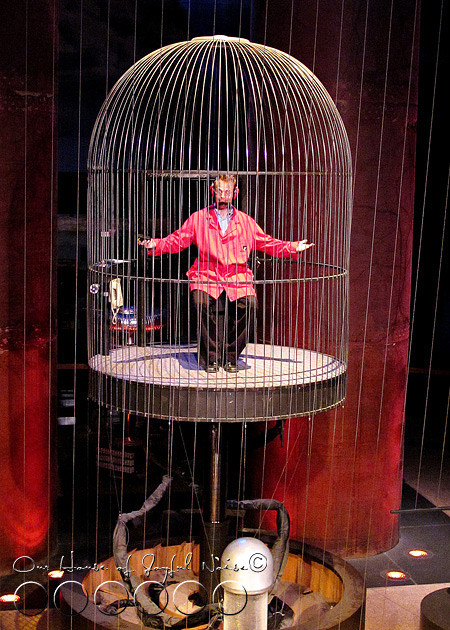
A real highlight of our trip, was this educational exhibit on electricity. The scientist was extremely knowledgeable and held our attention for sure. His ‘science lab’ was intriguing, as he explained a variety of facts.
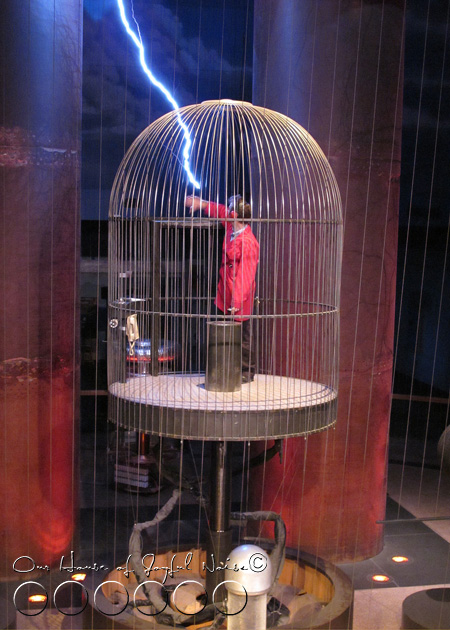
We were often advised to protect our ears for certain demonstrations where the electrical currents were very loud. The kids were getting a little upset with me, because I kept uncovering my ears in order to take photos. But I got a shot with an electrical current like I wanted! Cool, huh?
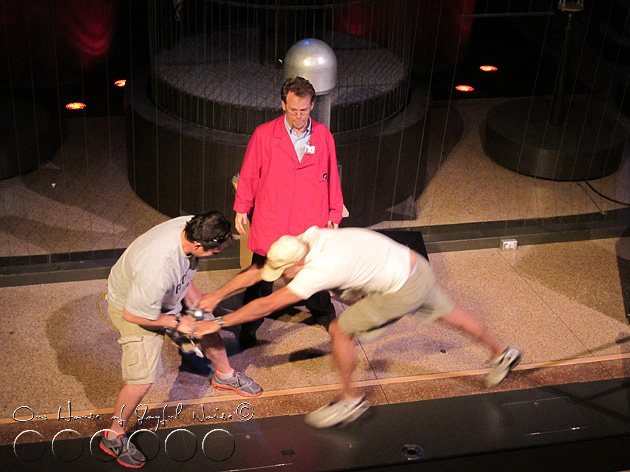
These 2 guys were sure they were stronger than a AA batteries. But this demonstration proved them wrong. They were sorry they volunteered their manhood strengths, because the magnetic force that was created here, won in the end.
I was talking to my cousin’s middle school boy this past weekend (smart little fella), who took a field trip here when he was in 5th grade. He mentioned one of the highlights for his class was the electricity demonstration here too. They saw a couple different demos than we did this day.
The kids very all excited for this space exhibit, since they are currently learning all about astronomy. So this area in the following photos was very educational for them, and really brought to life so much of what they have been studying.
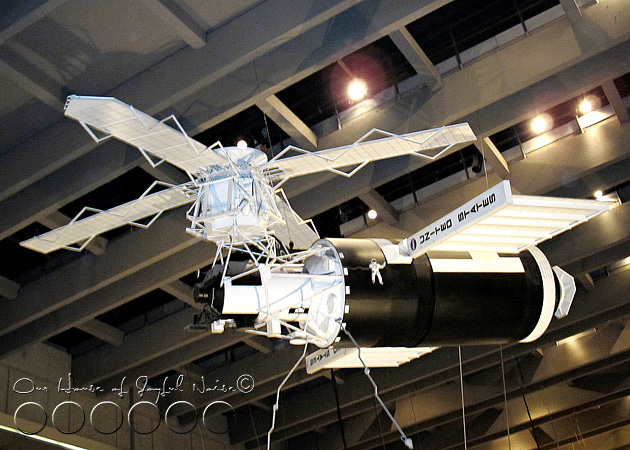
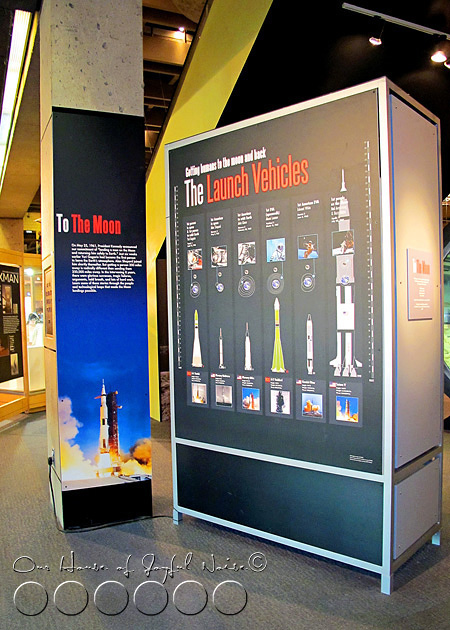
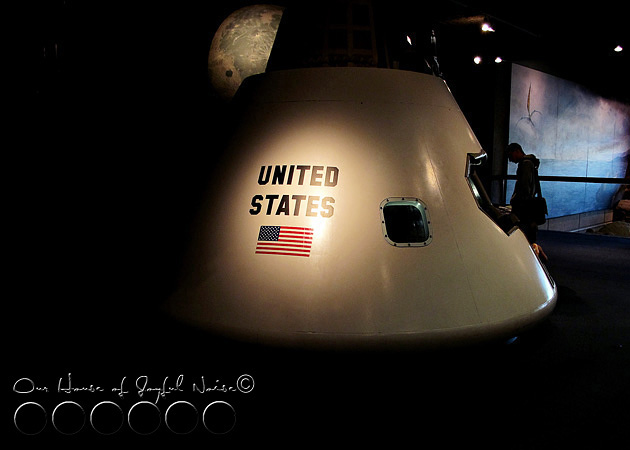
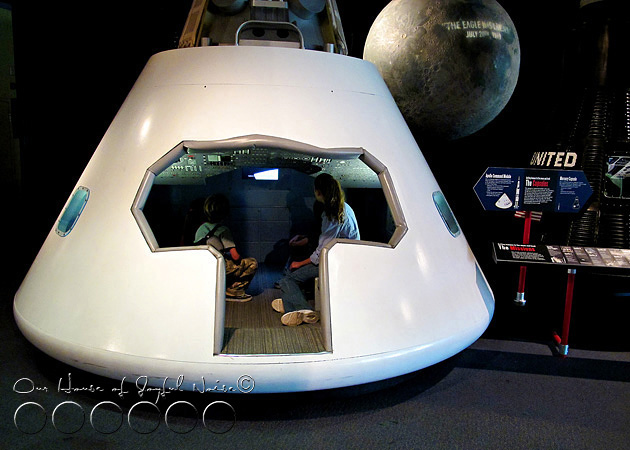
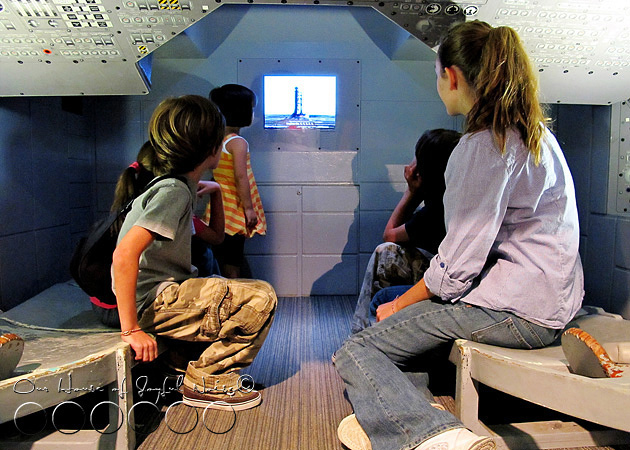
Inside the spaceship capsule, watching an educational video about the space shuttle.
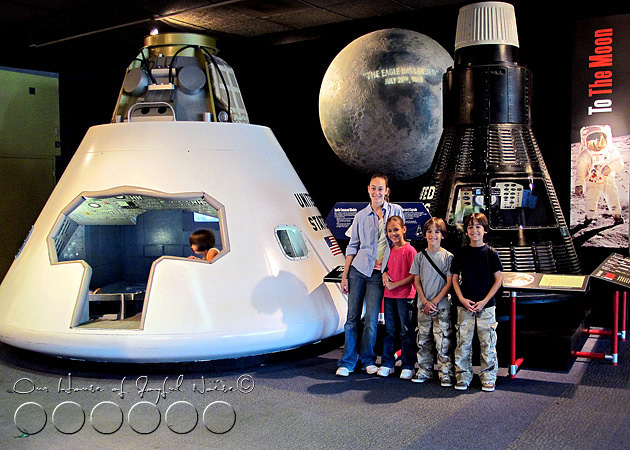
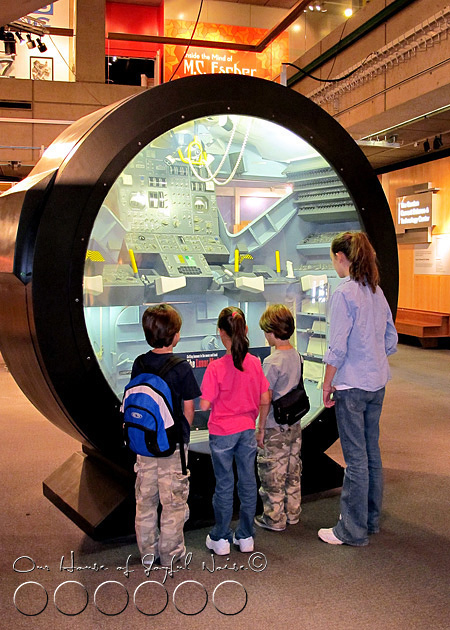
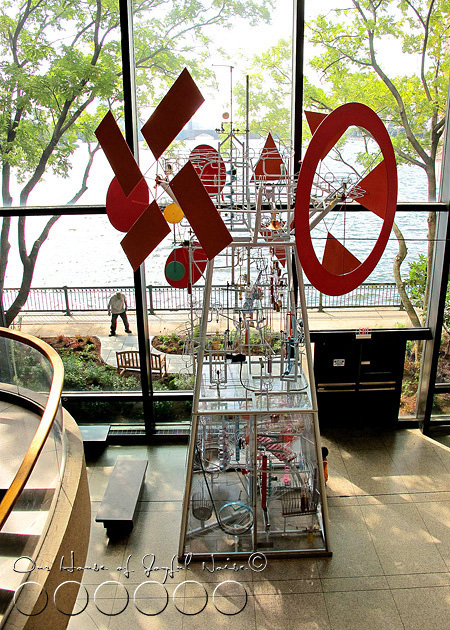
This contraption was something else. There was so much it did. Engineering at it’s best. It was so much fun to watch it work.
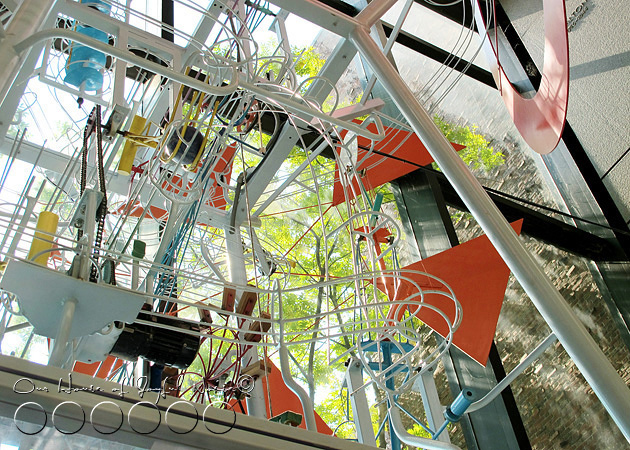
As we looked at it, and watched the intricate and clever functions of it all, I thought to myself, “I can see {JM} building something like this, someday.”
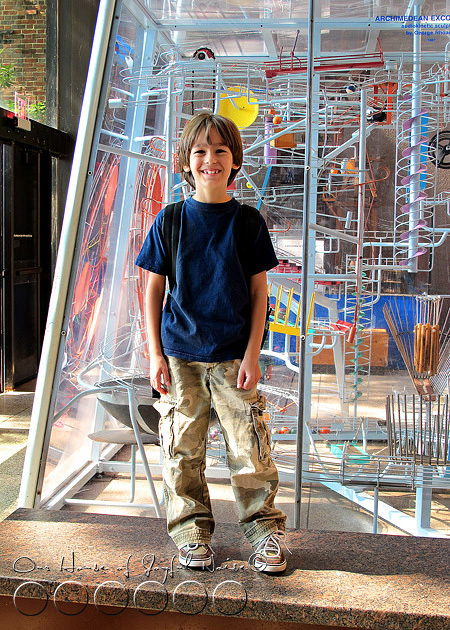
No sooner did I think that, did he ask me to take his photo in front of it. He was grinning from ear to ear, and I could see his wheels turning. I think he was inspired.
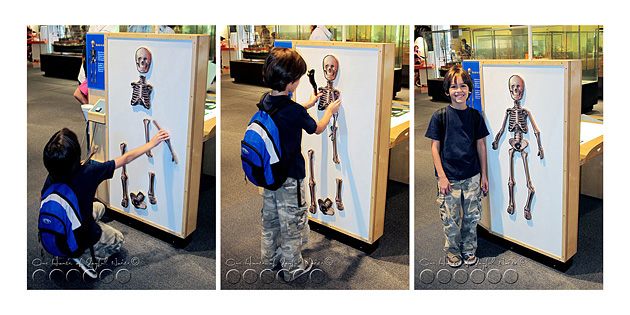
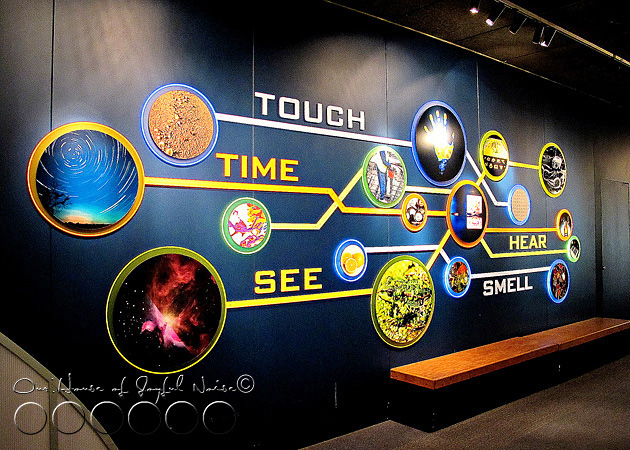
I loved this wall.
–
But this was the highlight of the trip, for ME, at the Boston Museum of Science! When I ever came around the corner, and saw this…..my heart was all a-flutter!….
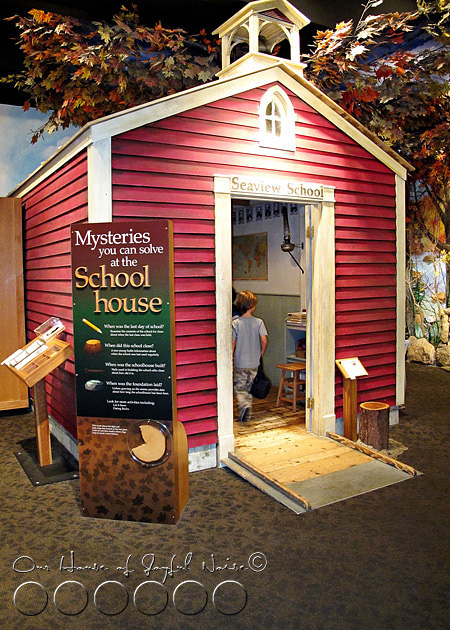 An old school house! I know they around here and there..like at Sturbridge Village, my cousin reminded me. I haven’t been there since I was very little, and I don’t remember anything there. (That’s another planned trip for us!). But I was very excited to be able to see this one, and GO IN!!
An old school house! I know they around here and there..like at Sturbridge Village, my cousin reminded me. I haven’t been there since I was very little, and I don’t remember anything there. (That’s another planned trip for us!). But I was very excited to be able to see this one, and GO IN!!
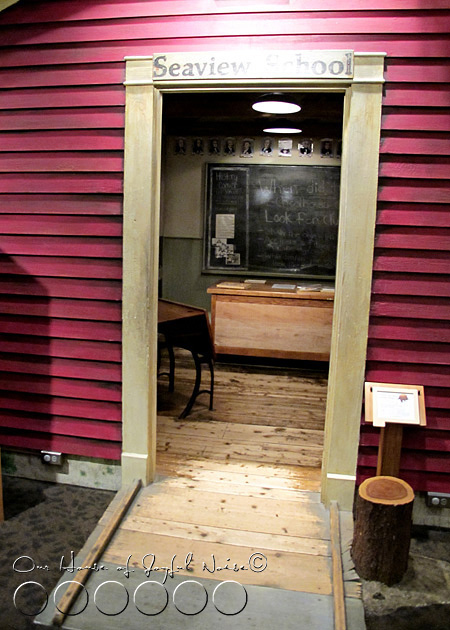
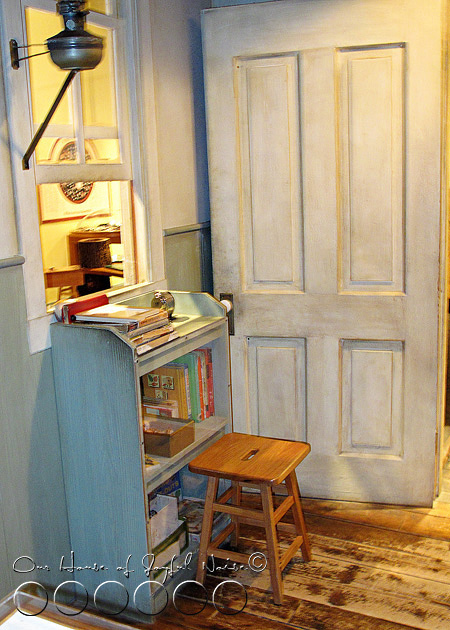
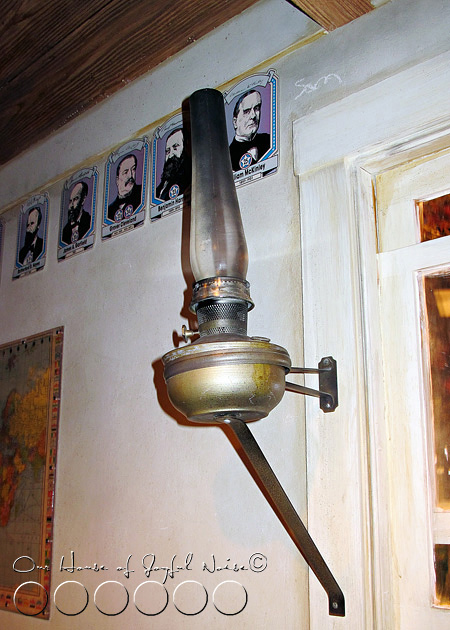
I was smitten, with every nook, cranny, and detail.
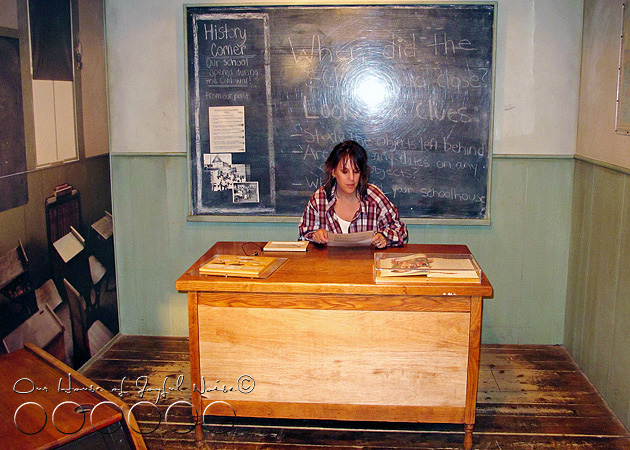
And I couldn’t resist playing teacher!
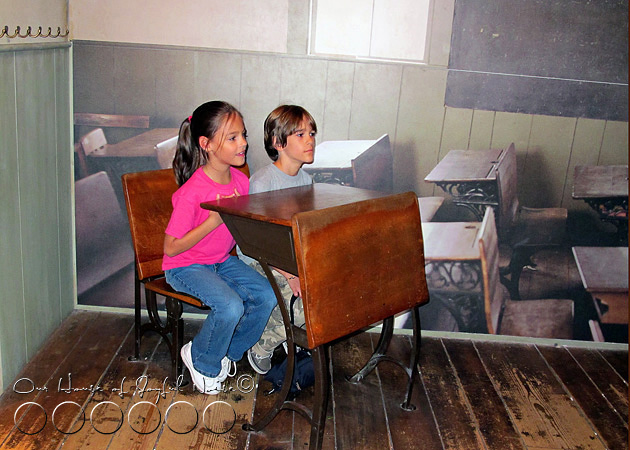
Thankfully I even had willing students, to play along and amuse me!! Their clothing was all wrong, but I didn’t care.

So was mine. But I was having fun. Michael was taking photos of my antics, left and right. I was glad I had on one on his shirt for this shot….so no one could see my mom jeans. ; )
Just kidding.
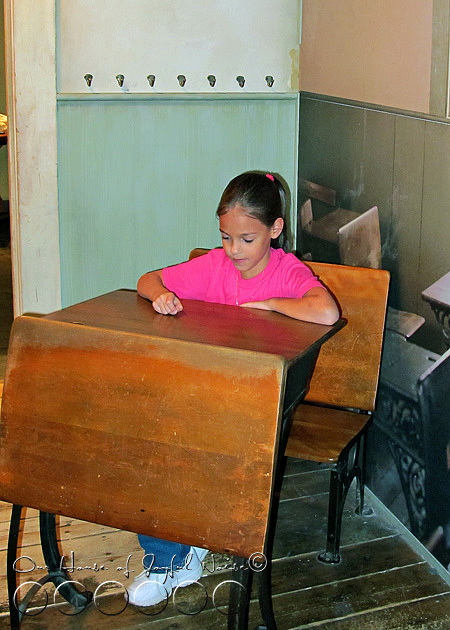 {O}, pretending to write.
{O}, pretending to write.
–
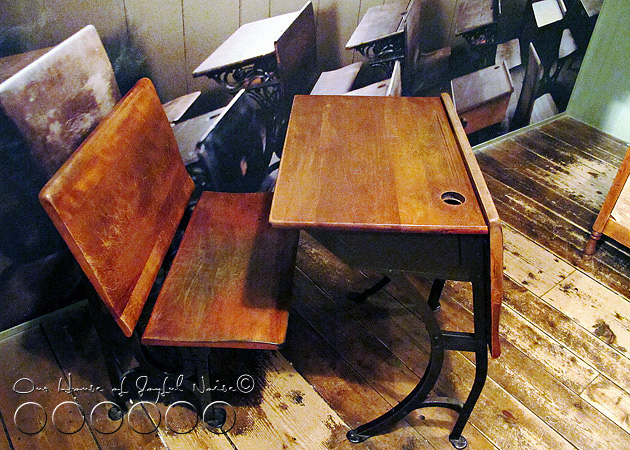 Check out the desk. Michael reminded me that we have an old school desk his parents gave him, when they moved from this area some years ago. I forgot about that!! I’m going to find it, and maybe bring it upstairs and put it in our school room. : )
Check out the desk. Michael reminded me that we have an old school desk his parents gave him, when they moved from this area some years ago. I forgot about that!! I’m going to find it, and maybe bring it upstairs and put it in our school room. : )
–
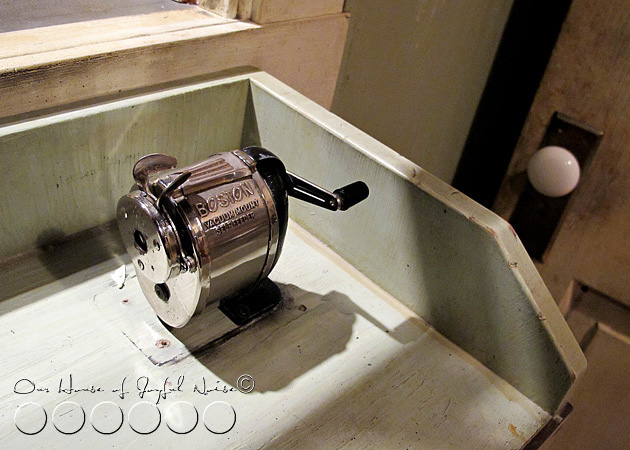 THERE’S the pencil sharpener I remember.
THERE’S the pencil sharpener I remember.
–
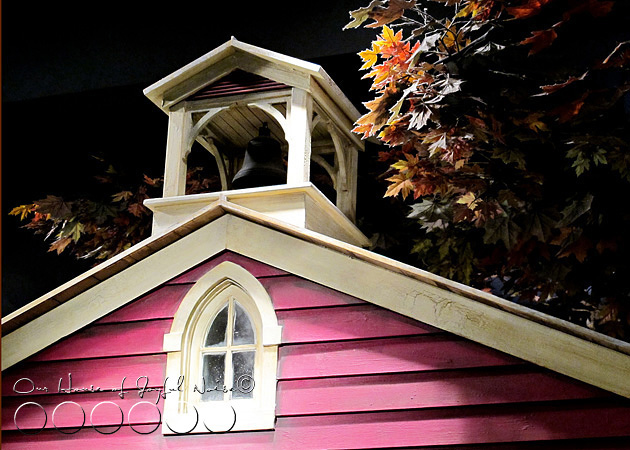
 I didn’t easily leave the school house area! As we stepped out and I looked at it from a little ways, I started to have crazy thoughts. Out loud. Like…”You know Michael, I bet you could build me one of these fairly easily.” And to my surprise, he didn’t even chuckle. He asked me where we would put it. Huh. Oh…..I guess I’ll find a spot then!
I didn’t easily leave the school house area! As we stepped out and I looked at it from a little ways, I started to have crazy thoughts. Out loud. Like…”You know Michael, I bet you could build me one of these fairly easily.” And to my surprise, he didn’t even chuckle. He asked me where we would put it. Huh. Oh…..I guess I’ll find a spot then!
–
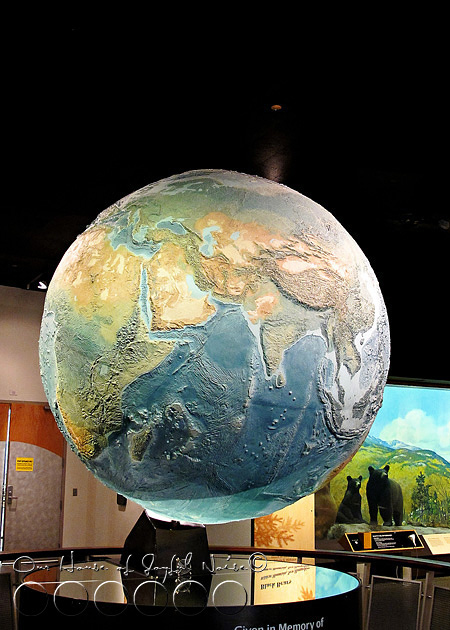 I loved this display. It slowly turned.
I loved this display. It slowly turned.
Behind it was a whole room of taxidermied animals! As we explained to {JM, O & S} about what taxidermy is, the process, and when and why it is done, they were wide-eyed!! We couldn’t help but laugh. I remember being about their age, and trying to wrap my brain around it all, when I learned this little fact of life, too. They were so cute.
{A} knew about taxidermy, but she said she found seeing the stuffed animals here very interesting anyway, because it gave her an accurate scale of the size of the animals. For example, we saw a Grizzly Bear and a Black Bear side-by-side, and she was surprised to see how much larger the Black Bear was. She always assumed Grizzly Bears were the larger.
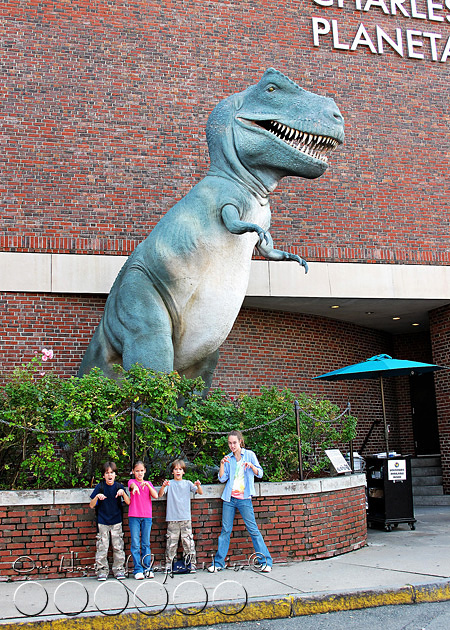
It was a great trip, to a really great museum, for all of us. We look forward to returning there within this school year again, to see the planetarium, and have another day studying the world of science (all of God’s Creation), history, mathematics and social studies.
Have you ever visited the Boston Museum of Science? If so, what part of your visit did you like best?
Thanks for reading along and following some of our home schooling adventures we chronicle here. We’re glad you stopped by.

